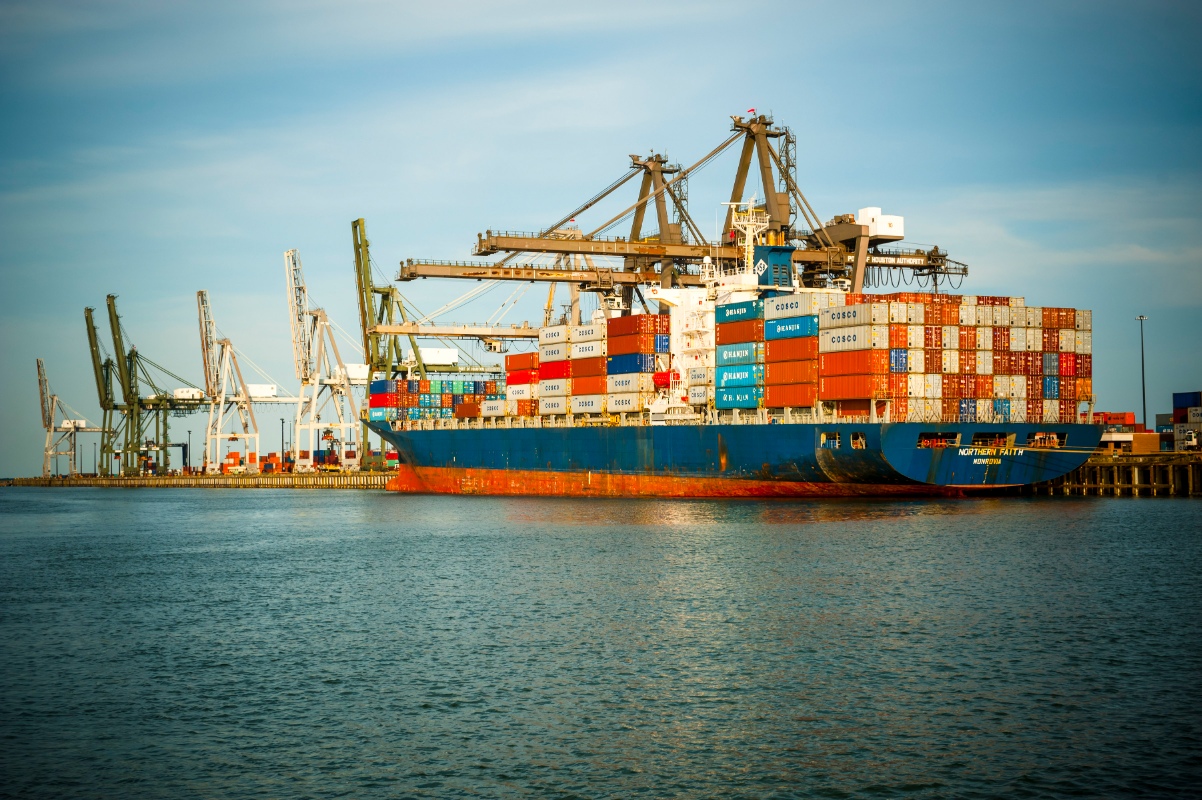Teleworking Tips: Best Practices on Staying Connected Remotely
Published Mar 17, 2020 by Maggie Martin
Thousands of Houstonians are working from home this week after dozens of businesses have closed their physical locations in response to growing COVID-19 concerns. Many employees - and their employers - are adjusting to teleworking as a reality for at least the next few weeks.
Carey Kirkpatrick is CEO & Founder of CKP, a Houston-based agency serving clients in Houston and Austin through integrated strategic marketing and public relations solutions. She was also a guest on our Small Biz Insider podcast last year.
Kirkpatrick answered a few questions about the challenges and the opportunities of teleworking.
What can employers do to best support their employees remotely?
Employers can ensure their teams have three things in place:
- The right tools to do the job: This could mean anything from laptops to connectivity to cloud versions of software. (Here's a rundown of some popular tech tools and software to help)
- Access to information: If your company operates and shares files using the cloud, you can easily grant access and share information. If not, this is a great time to test-drive cloud-based sharing and collaboration.
- Clear expectations: There’s enough uncertainty around the public health emergency. Avoid adding to the uncertainty by being crystal clear about expectations for working hours and communication protocols.
What are the biggest challenges – for employers and employees – of working remotely?
The challenges are not going to be the same for each employer. If your company is utilizing remote working for the first time, the two biggest obstacles are likely to be managing and maintaining productivity with a dispersed workforce, and keeping communications open, meaningful and flowing regularly.
The biggest challenge for first-time remote workers begins with communication expectations—knowing which channels to use for what and how often. Some coworkers may prefer text over messaging apps, while some conversations are better over video or voice call. Another challenge is prioritizing projects, tasks, and responsibilities. These can also arise from feeling isolated and unsupported, a common symptom of being away from a physical space and the company of colleagues.
How can employees adjust to this new way of working, especially those who haven’t done teleworking before?
- Prepare for each day like you would any other office day. Follow your same morning routine to help mentally prepare for switching to work mode even though you might still be at home.
- Maintain the same dynamics you would if you were physically in the office. Just because you’re using the phone or video conference or chat doesn’t mean things have to be awkward, weird or stale.
- Designate a workspace in your home. Make sure your family understands that when you go into the “work zone,” you’re working. If your spouse or partner is also working from home, it’s ok, and maybe even preferable, to have separate work spaces. And if kids are home from school, build a schedule with your spouse or partner for who’s in charge when, so each of you has the opportunity for focused work time.
- Use tools like task trackers, shared calendars and to-do lists with reminder notifications to organize and prioritize.
- Be patient and over-communicate with your managers as they might be doing this for the first time, too.
- Take adequate breaks to move around and clear your head. When the work day is over, shut down your equipment and move to a different space. Small cues letting your brain and body know you have moved from “work-mode” to “family time” or “personal time” can help prevent burnout and feeling overwhelmed.
By which measures should employers gauge the success of their organization’s remote working experience?
The number one success metric is customer satisfaction. Regardless of whether your client is internal or external, if your team is able to deliver excellent results that meet the objectives regardless of location, then you have a win.
The Partnership has put together a list of items companies should consider when preparing for and dealing with the impact of the coronavirus.
The Partnership's Houston Coronavirus Resources guide provides information around the virus to businesses and individuals in our region. We will continue to update this page as new information becomes available.
Read our latest issue of Economy at a Glance. It looks at what we know about the COVID-19 coronavirus and its impact on Houston as well as the plunge in oil prices.
 The Houston Report
The Houston Report




















